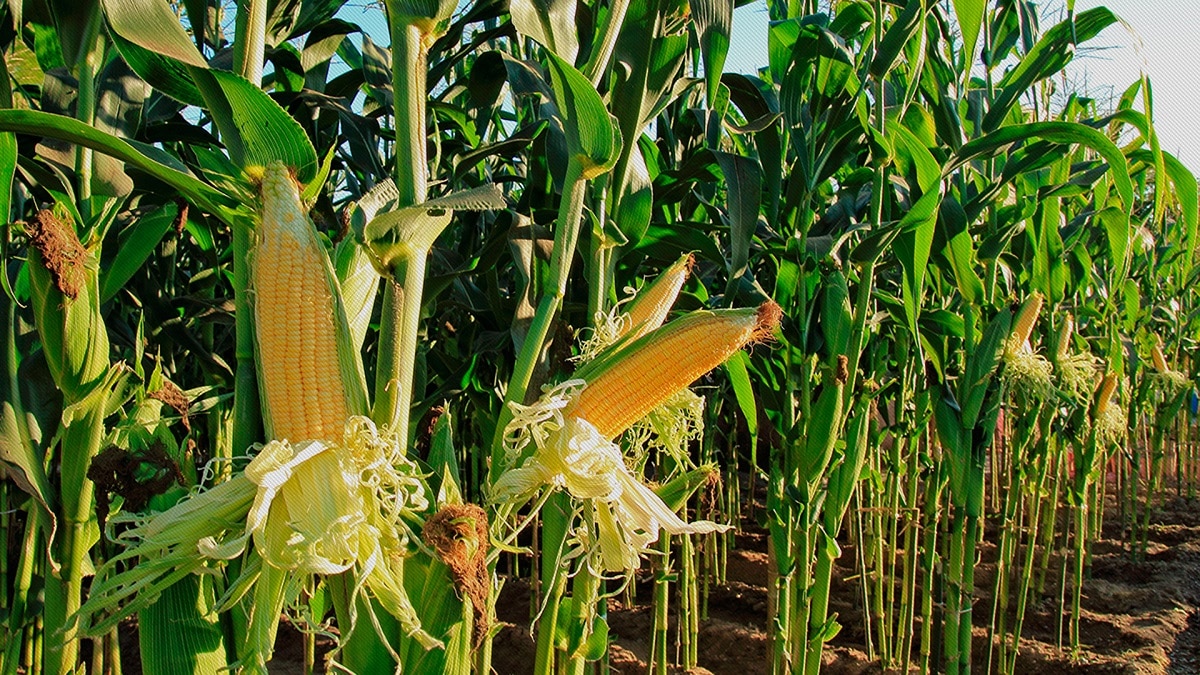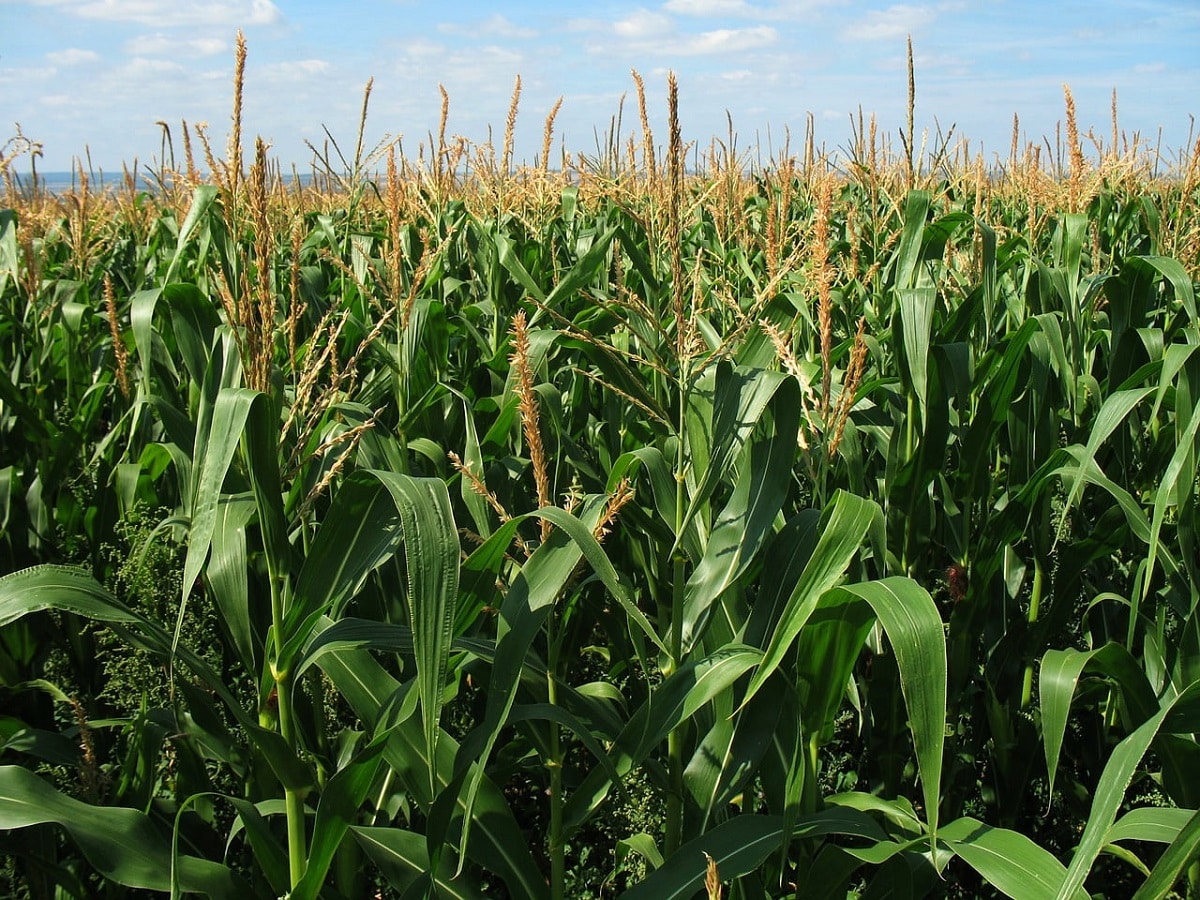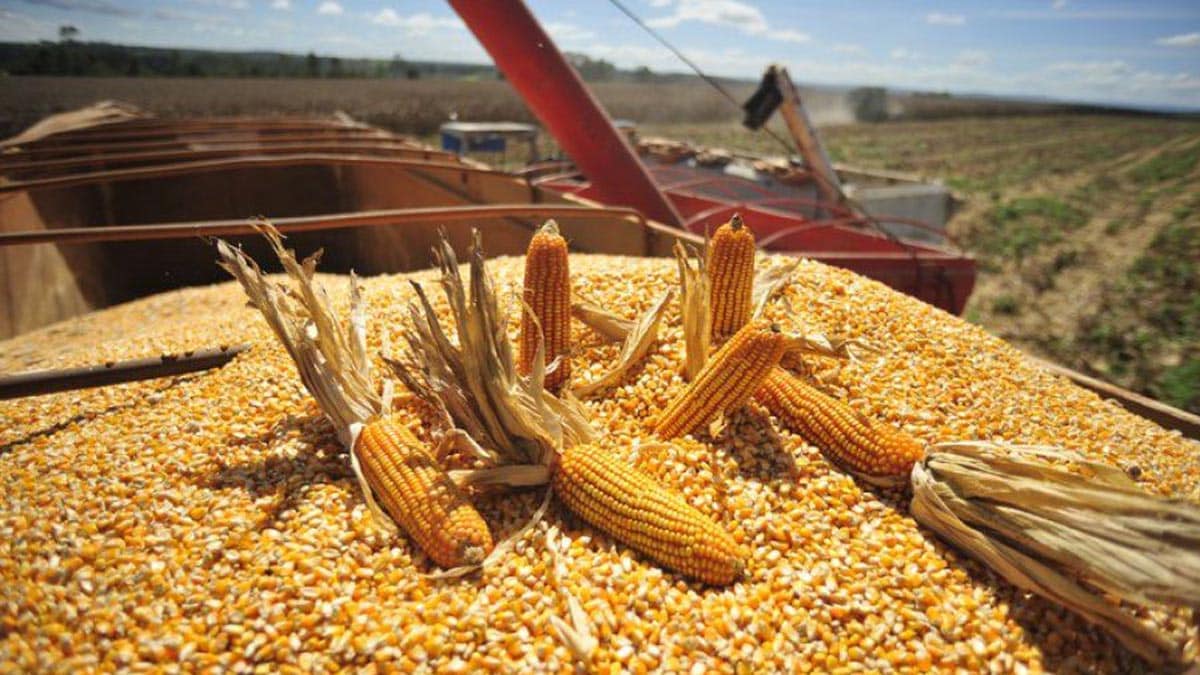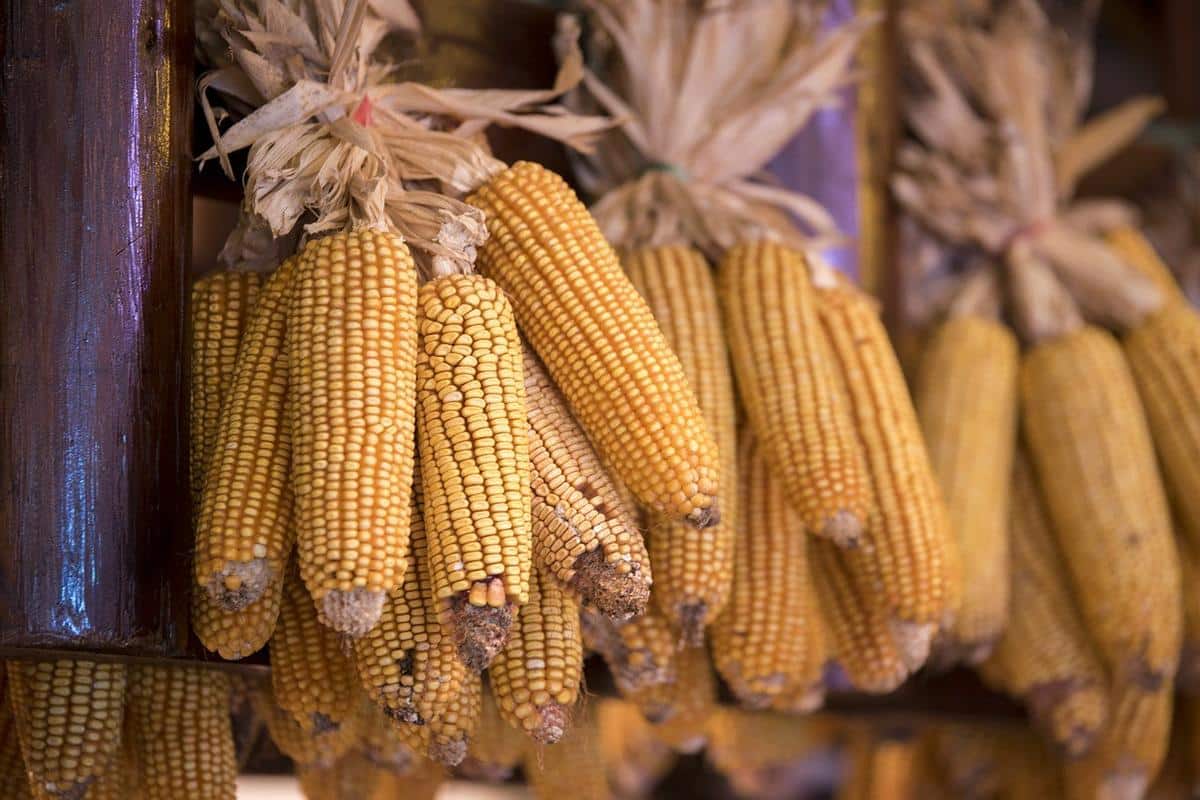
One of the crops that presents the most doubts at harvest time is corn. There are many people who wonder when to harvest the corn and what aspects should be taken into account to know if it is already mature enough and in good condition.
For this reason, we are going to dedicate this article to telling you when to harvest corn, what characteristics it must have and what care is necessary to be able to have a proper harvest.
Aspects for the collection of corn

The maize maturity cycle is determined by the sum of the accumulated temperatures (thermal integral), from sowing to harvest (if it is ensiled), or until the physiological maturity of the grain. The thermal integral is constant: in warm years, the sum of temperatures required by the plants is reached earlier than in colder years, and flowering and maturation are also earlier.
Because the FAO cycle is based on conditions in the US Corn Belt, local variables in the region such as climate, altitude, and planting date must be considered when selecting seeds. Under normal conditions, Corn sowing takes place between mid-April and mid-May. In addition, it must be taken into account that when sowing is delayed, the cycle of the FAO seed must be shorter,
Regarding the harvest, taking into account the variables, three general periods can be identified:
- tender grain: three weeks after flowering. Around August or September.
- Fodder corn: October, when the grain is close to maturity.
- dry grain: From November, but in dry years, it can be harvested in October.
When to harvest the corn

Approximately 4 months after the corn is sown, the time to harvest the cob approaches. It should be known that this is not an exact science, and that weather, planting time and crop development can cause the harvest to be several weeks early or late.
That's why it doesn't make much sense to give specific dates, and it's much better to learn how to visually inspect the ears to make sure they're in peak condition for harvest. In this article, we will also give approximate dates, but most usefully, we will show how to determine the best time to harvest based on the use of the corn kernel.
Planting time, climatic conditions in the growing area, crop management and genetic characteristics of each variety of corn can lead to earlier or later harvest dates. This is clear and it happens with almost any crop, but in the case of corn, you also have to consider where the grain goes.
Ripe corn for storage
If you want to keep it at room temperature, it is very important to pick it fully ripe and dry, that is, it has not been exposed to moisture for a few days before harvesting. This is the only way to keep the moisture content of the grain as low as possible., which is ideal for good storage after air drying.
The dried kernel is often used to grind flour or to husk corn to feed livestock or farm animals.
Determination of the state of physiological maturity
These are some of the aspects that must be taken into account to determine the state of physiological maturity of corn:
- Corn plants show signs of rot: the leaves dry up and lose their green color.
- When we squeeze the ears of corn with our fingers, the corn cobs will not give way and the corn kernels can be clearly felt.
- The skin of the ear is dark, brittle or peeling.
- The casings become thinner, lighter in color and dry in appearance.
- Some or all of the ears are turned upside down and are now pointing toward the ground, as if they have fallen off.
- When the husks are removed from the cob, all the kernels were well formed and dark enough not to sink when pressed with a fingernail.
- If a grain is plucked, black dots are observed in the area where it is inserted into the ear.
Immature corn for canning or consumption
When the corn is to be eaten roasted or boiled, or if the kernel is to be packaged as sweet corn in the coming months, it should be harvested before the kernel reaches physiological maturity and becomes too tough.
Determining harvest time for baby corn is a more difficult task than detecting maturity. If the time is not enough, the grains will be too tender or even shapeless. If the time is too long, the grains will harden. Sweet corn is harvested approximately 20 days after the whiskers grow on the ears.
But in this case, symptoms can also be detected that the sweet corn is at its optimum harvest time. These are:
- The husk of the ears of corn is dark in color and does not feel moist to the touch.
- When squeezing the ears in their middle part they do not give way.
- The beans are pale in color (if they are dark yellow or orange, they are overripe)
- Press with your fingernails, the particles will loosen and discharge a milky liquid. If the liquid that sprays the grain is colorless, you will have to wait longer before harvesting the ears. On the contrary, if it seems soft, the ideal harvest time is coming to an end, so you will have to hurry before all the ears are useless for this purpose.
Tips for knowing when to harvest sweet corn

- Harvest early in the morning or at night, try to keep the temperature as cool as possible and the ears not hot.
- Harvest the ears in layers and keep them that way until serving time.
- Immediately move the ears to a cool location out of direct sunlight.
- Eat or can as soon as possible.
I hope that with this information you can learn more about when to harvest corn.